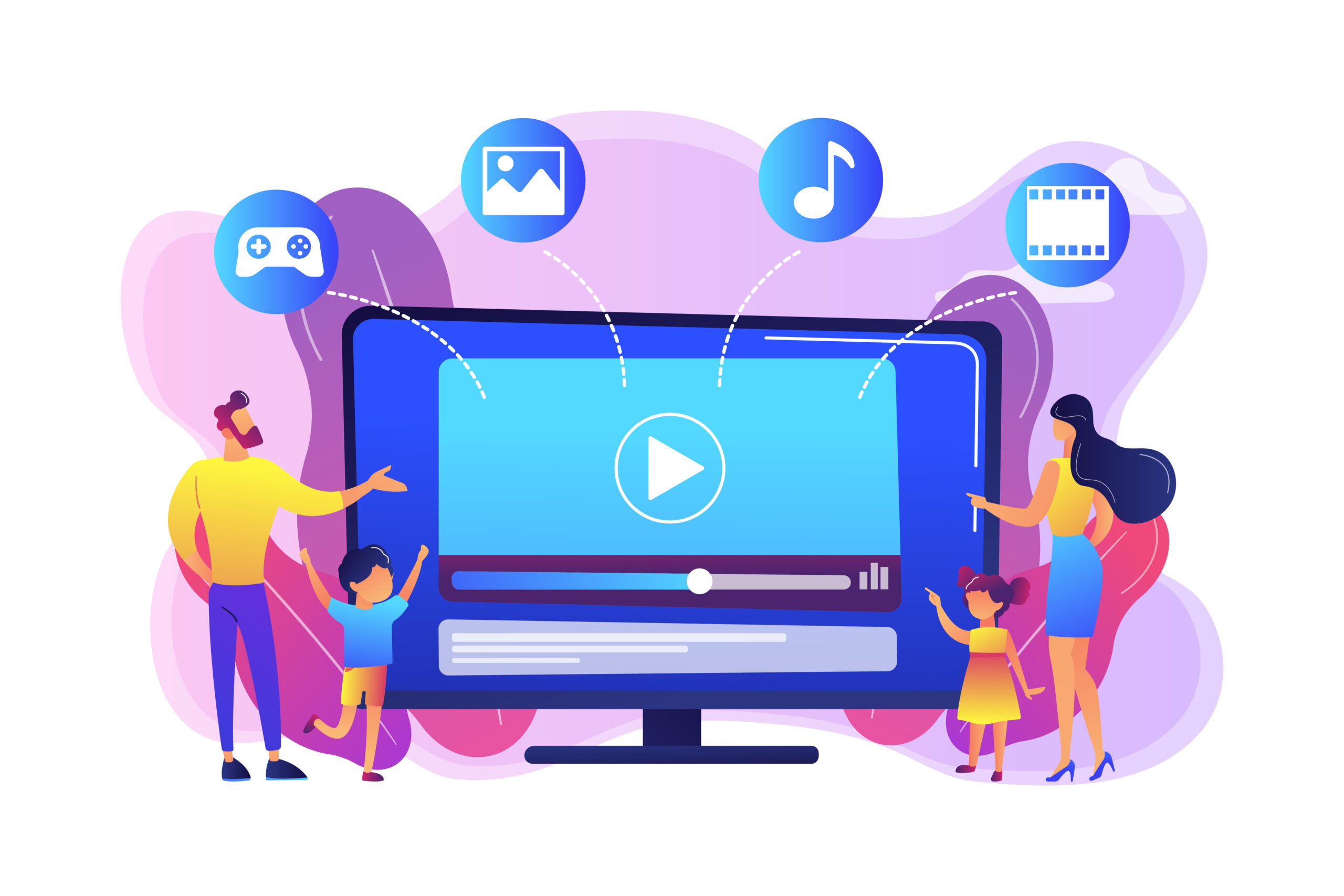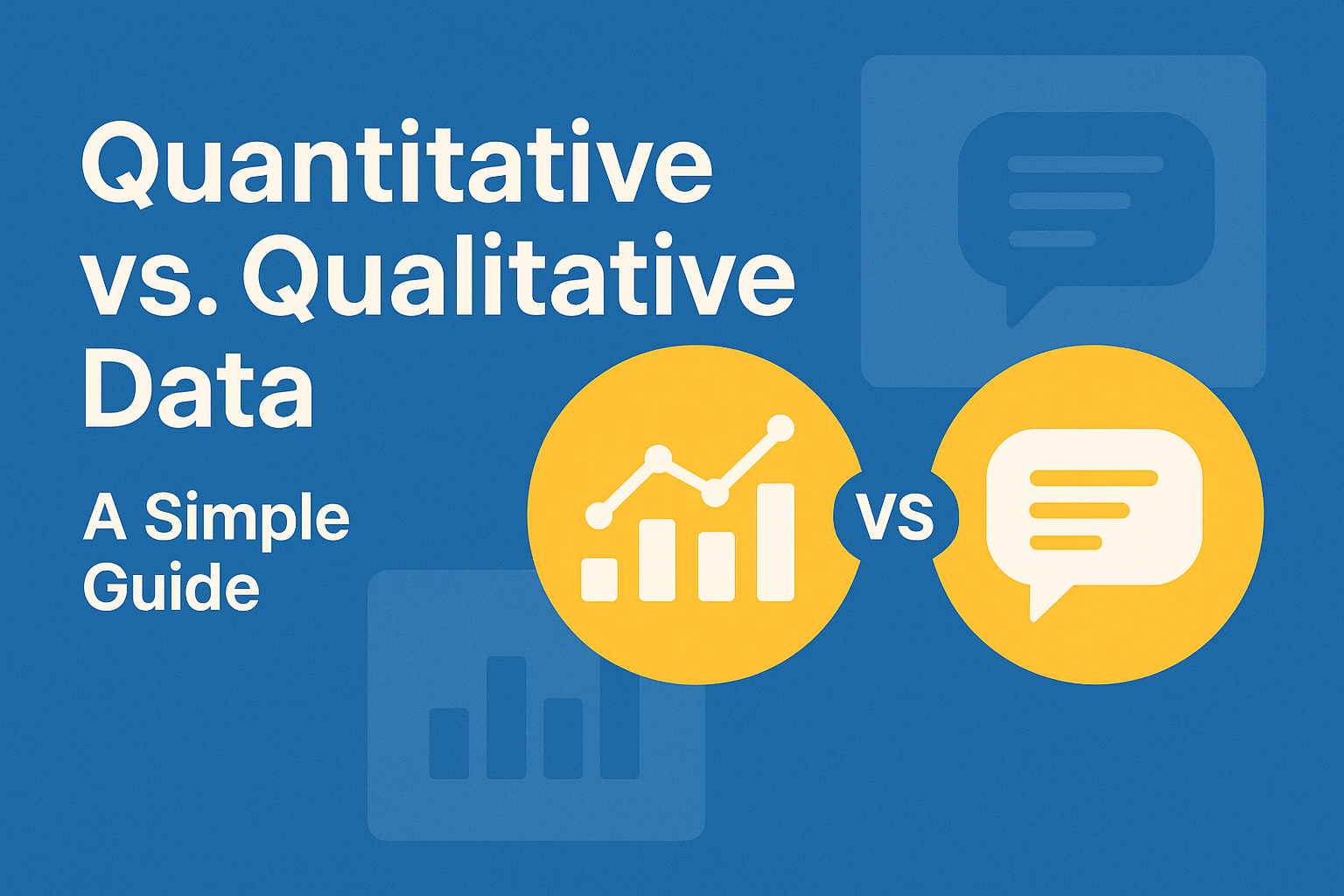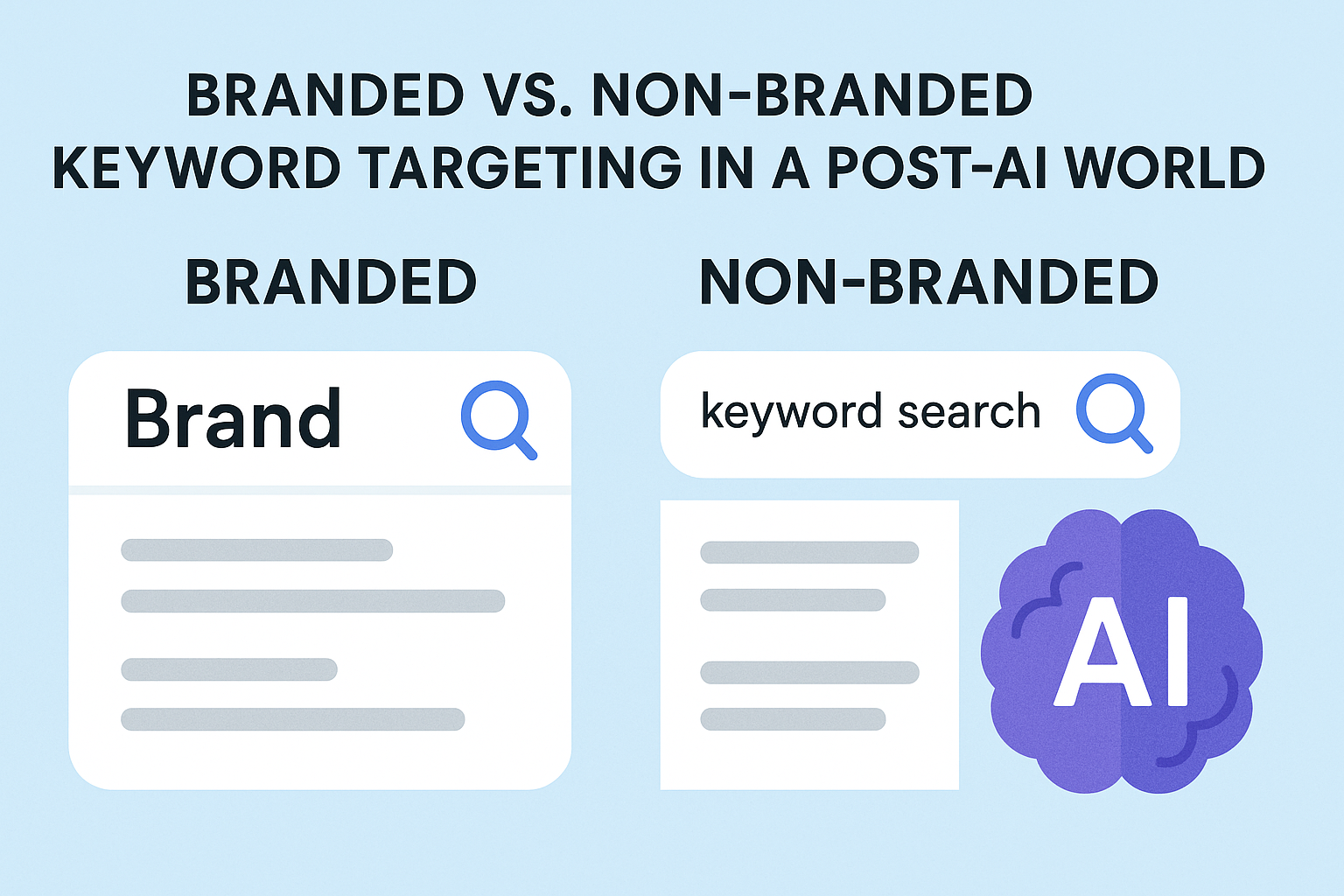In this day and age, consumers have unprecedentedly high standards for the products and services they purchase. Instead of relying solely on one-way advertising campaigns, today’s consumers expect highly personalized content and value experiences.
Increasing numbers of marketers are incorporating interactive content into their marketing strategies as a method to meet this need, develop more relevant messages, and foster a two-way discussion with customers.
How to get on the bandwagon and start developing content that enhances engagement, gets more conversions, and gives vital consumer data are all covered here.
Interactive Marketing: What Is It?
Interactive marketing comprises dynamic and tailored content as well as layered information that aims ‘to make material entertaining and relevant for customers.
The primary goal of interactive content is to hold the reader’s interest and compel him or her to participate in the discussion. By physically interacting with the piece of content, rather than just reading or viewing it, users get the complete experience.
Why is there an interactive component? With the Interactive component, people learn from their own experiences.
These are the events that allow for both growth and learning at the same time. Interactive content relies heavily on information, education, and entertainment to educate people about your products and differentiate yourself from the competition.
Using Interactive Content Has Several Advantages
Interactive content provides several advantages over static content, including:
A greater number of people are taking part in the conversation
Interactive content gives users more value, so they’re more likely to swap their email addresses for the experience and share them on social media. Lead generation, link building, and overall website traffic can all be boosted with the use of interactive content.
Results that are unique to each client
Because users are providing their data, the information they receive is more relevant and tailored to their needs.
Arouses interest
Online audiences have a short attention span, therefore interactive content that keeps them engaged is useful in grabbing their attention.
Increased customer satisfaction with the brand
Using ordinary content will make you look like everyone else, but using interactive content will make you stand out from the crowd. If you give your customers an experience, they will remember it, and your brand will be associated with it.
Facts that Matter
Content that engages consumers can lead them to share more relevant information that can be utilized to craft more focused, relevant, and valuable content.
Higher conversion rates of sales
An interactive marketing strategy that is both effective and engaging can help you move readers into customers. Customers are more likely to buy a product or service if they feel like they have a range of options.
How to Use Interactive Content in 7 Different Ways
Interactive content encourages people to engage with the information they’re consuming. It can take numerous forms, from a simple knowledge quiz to a more in-depth guide or whitepaper.
1. PDFs, Ebooks, and Whitepapers that can be interacted
Content marketing has employed whitepapers and e-books for years, but little has changed in terms of how they work. Modern clients have shorter attention spans, so there’s always the potential for improvement.
Make your PDFs more interactive and multimedia by adding checkboxes and videos to them instead. Engaging readers with interactive e-books and whitepapers will result in a greater rate of reader retention.
2. The use of data visualizations and interactive infographics
One of the most popular forms of content on the internet is infographics. In an essay, marketing expert Neil Patel explained how infographics might bring in a massive amount of traffic. As a result, in 2017, marketers must go one step further by creating interactive infographics to outshine their rivals. To make your infographics more engaging, you can allow visitors to click and expose additional information, encourage them to highlight specific portions of the infographic, or even incorporate scrolling effects into the design.
3. Interactive Videos
Video content consumption is on the rise, according to recent data. According to 51.9 percent of marketing professionals, video has the best ROI of all content, and 43 percent of consumers want to see more video content from brands.
To meet this need, make your videos more engaging by including interactive elements such as buttons and opt-in forms. As a result, it will enhance the user’s experience and possibly increase their pleasure.
4. The use of calculators
Using a calculator is a sort of interactive content that takes input from the user and returns numerical results. So that they may compare and contrast the prices and benefits of different product features, your audience will be able to compare and contrast different solutions. As well as providing useful information to customers, calculators may be used by marketers to build a more detailed profile of their target audience.
5. E-mails with interactive features
Email marketing has shown to be one of the most effective methods of online promotion, with a return on investment (ROI) of $38 for every dollar spent. One-to-one communication via e-mail can assist to build a special relationship with customers while adding interactive features to this communication can make it into an excellent marketing tool. Add elements such as menus, sliders, rotating banners, and more so that recipients can take action right from their email.
6. Assessments and Quizzes
Marketers can utilize tests and quizzes to deliver more content to their target demographic while encouraging users to share their results with their friends. Marketers can use two basic sorts of quizzes to entice and engage their target audience:
The ability to post one’s results on social media after completing a graded quiz. Get to know about your knowledge of the capitals of the world. For example, User-specific result quizzes that provide an answer. For instance, the location of the user’s future home.
7. interactive Websites
Add a layer of fun to your website by making it more interactive. To express your tale and connect with your audience, consider using audio or video material, slide interactions, or scroll events.
Interactive Content Tips
Interactive content can come in a variety of formats and offer a variety of advantages to both the marketer and the customer. To properly incorporate interactive content into your plan, keep the following in mind:
Have a definite point to make:
A real message cannot be substituted for interactivity. Think about your consumers’ questions and how you may respond to them before deciding to use interactive content.
Decide on the format that best serves your objectives:
Consider which features of your product or service are most helpful in alleviating customers’ problems. The next step is to decide on an interactive format that complements your message and aligns with your content marketing strategy and objectives.
Begin with a trial run:
Begin by focusing on one part of the client’s journey that you’d like to improve. Even if your interactive content is small, it must be consistent with your overall content marketing strategy.
Your content can be repurposed:
It’s not necessary to start from scratch when creating interactive content. Instead, create interactive versions of your static information. Make a quiz with numbers or figures from your white paper, for example, to see how well you can answer the questions.
Try out internet resources
It’s not difficult to create interactive content. It’s easy to create interactive content using a variety of web resources.
For instance:
- Create engaging content for email, text messages, and social media using Zembula.
- Using Qzzr, you can create beautiful, fully customized quizzes online in minutes.
- As a tool for creating various forms of material, SnapApp is a great option.
- Users can add rich media links to their images and videos using ThingLink, an interactive platform.
To determine the effect, perform the following measurement
- When setting performance benchmarks, you can use data like downloads, views, social shares, and more.
- Use some of the internet analytic tools to gain a complete picture of how well your material is performing.
- You must use Google Analytics if you want to learn more about your visitors’ demographics, page visits, and how they engage with your content.
- In addition to heatmaps and recordings of real visitors on your site, you may use Hotjar.com to see how visitors use your website.
- With Capsulink URL shortener, you may avoid traffic loss, broken external connections, and analytical analytics.
- Using data on people’s online habits, Quantcast provides new insights into your audience and makes it easier to reach them.
Conclusion
Because “advertising has perpetuated the lack of genuine contact a business has with consumers,” it’s time for marketers to abandon their prior passive strategies in favor of more interactive ones that keep customers interested and interacting with them. To cut through the clutter of a crowded content landscape, interactive content doesn’t have to be spectacular or feature-rich. This is why even the most basic kind of interactive content can help you get more people to take action and educate your audience more effectively.
Many marketers’ puzzles are incomplete without interactive content. As a result, Content Marketing Services say goodbye to static material and welcomes interactive content that enables us to participate and delivers results immediately. Interactive content is a great way to connect with your audience on a deeper level or increase sales of your product or service in today’s fast-paced environment.

Harsh is the Founder of Content Writing Agency – Italics. He is a seasoned entrepreneur, Digital Marketer, and Professional Copywriter with a heavy passion for digital marketing.







